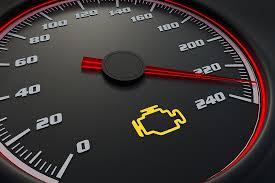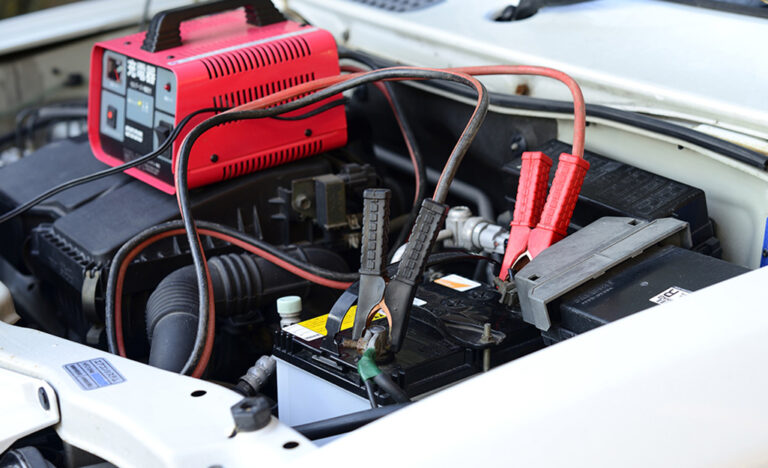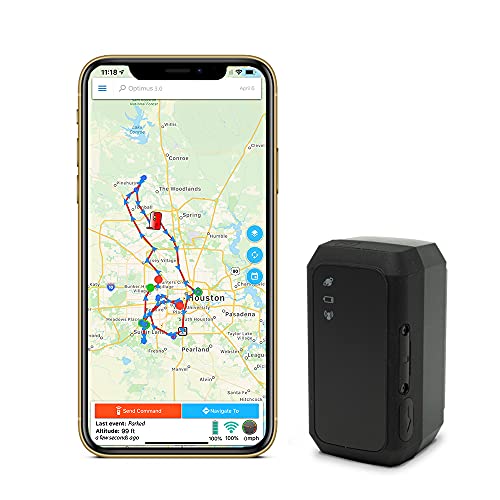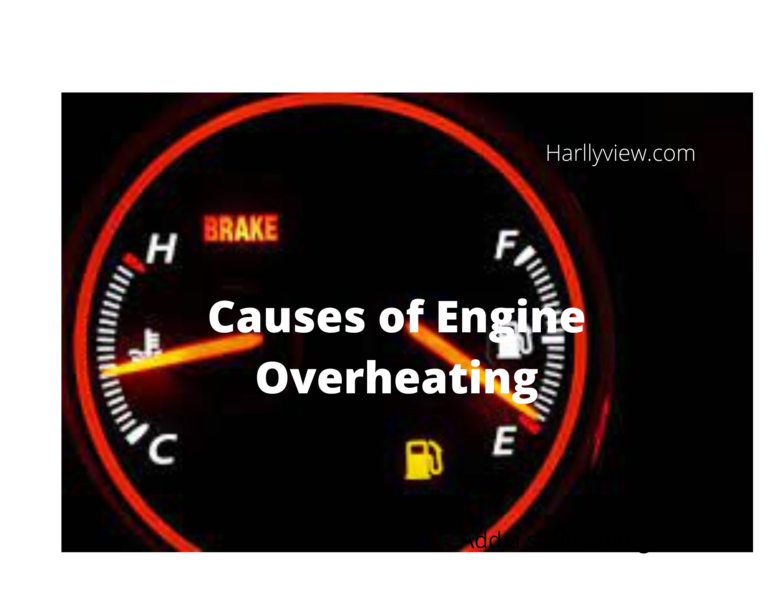Easy Fix! Check Engine Light On But Car Runs Fine
The check engine light is a diagnostic tool that notifies a driver when there is a problem that quickly needs to be solved. Your vehicle is equipped with a lot of sensors and each of these sensors communicates with the electronic control unit (ECU) through current modulation. Most modern vehicles have many ECUs that make up your vehicle’s computer system.
Some of the sensors equipped on a vehicle include oxygen sensors, throttle position sensors, mass airflow sensors, and engine coolant temperate sensors, crankshaft position sensors, vehicle speed sensors, knock sensors, refrigerant sensors. The computer uses the information derived from each of these sensors to control fuel injection, idle speed, valve timing, and electronic valve control to get the best performance from the engine.
If check engine light came on but car is running fine, there are Several error codes that can occur in your vehicle and when they occur, the check engine light turns on the dashboard. If you experience a check engine light on but car runs fine, it could have been triggered by a faulty sensor. Your car has several sensors that are linked to the Electronic control unit system.
Here in this article, we will briefly discuss possible solutions to fix the issue of check engine light on but car runs fine.
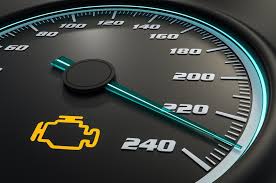
Check Engine Light On But Car Runs Fine
Before we dive deeper into the issue of your check engine light is on but car runs fine. Firstly You should know that when the check engine light turns on when is a problem with your vehicle’s engine or with the emission control system which may affect your vehicle’s performance.
When the check light comes on error codes are stored on your vehicle’s computer and won’t go off till it is cleared. Immediately you see the check engine light illuminate on your vehicle dashboard ensure you diagnose your car with a scanner so you can detect the exact problem.
The check engine light rarely turns on because of a false reading, but some car owners or mechanics often turn a deaf hear to these warning signs. Your vehicle may work fine and may require a simple fix like replacing the 02 sensors or fuel cap. Whenever check engine light is on but car runs fine, ensure you do not ignore the check engine warning signal when it comes on. So it does not escalate to a blinking check engine light which indicates a more severe problem such as a failure of the catalytic converter.
Before we proceed it’s best you first diagnose a car to know the reason the check engine light is showing on your dashboard. To fix this issue of check engine light on but car runs fine follow the steps that are listed below:
Replace Oxygen Sensor
The oxygen sensor measures the concentration of oxygen in the exhaust gas. It adjusts the air-fuel ratio and also determines the performance of the catalytic converters. A faulty oxygen sensor is the most common cause of check engine light.
A faulty oxygen sensor would lead to increased fuel consumption, emission failures, rough engine sounds, and poor gas mileage and will trigger the check engine light to turn on.
Replace Mass Airflow Sensors
The mass airflow sensor measures the quantity of air that enters the engine cylinder. It is usually installed between the air filter and the intake manifold of our vehicle’s engine.
A faulty mass airflow sensor can lead to your car engine running on too much fuel and less air or too much air and less fuel. Either of these conditions will trigger the check engine light to turn on, as the car engine needs to operate on a balanced air-fuel ratio.
Replace Temperature Sensors
The engine coolant maintains the temperature of the engine thereby preventing overheating. The temperature sensors measure the temperature of the engine coolant. The temperature sensor location depends on your vehicle’s model and engine construction.
The symptoms of a faulty coolant temperature sensor include poor mileage, engine overheating, poor fuel economy, and irregular temperature readings, and you will also see your check engine light come on.
Replace Throttle Position Sensor
The throttle position sensor monitors the air intake of an engine by ensuring a balanced air and fuel ratio is delivered to the engine.
A faulty throttle position sensor would to engine misfires, acceleration issues such as slow speed, lack of accelerating power, and rough idling. A faulty throttle position sensor will also allow the check engine to come on once it is detected by your car’s computer.
Faulty Crankshaft Position Sensor
The crankshaft position sensor monitors the rotational speed of the crankshaft. The information derived from the crank sensor is used by the engine control unit (ECU) to control fuel injectors, and spark plugs for engine efficiency.
A faulty crankshaft position sensor can lead to excessive engine vibrations, reduced engine performance, difficulty starting your vehicle, engine stalling, engine misfire, rough idle and check engine light comes on.
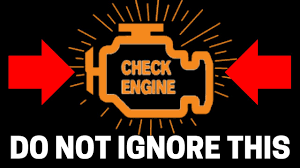
Replace Vehicle/Wheel Speed Sensor
The Vehicle speed sensor is also known as the wheel speed sensor. It is usually mounted on the transmission and it measures the speed at which your car’s wheel rotates.
A faulty speed sensor would develop transmission issues, uneven speedometer reading, inability to engage cruise control, lack of torque converter, and triggered check engine light.
Replace Refrigerant Sensor
The refrigerant sensor measures pressure in your vehicles AC system to ensure it functions properly. The AC system turns off when the pressure gets too low. This saves the compressor from running without proper lubrication and an error code is sent to the electronic control unit (ECU).
A faulty refrigerant sensor would cause your car AC not to work, Ac to work at an irregular interval, AC blowing warm air, and noise coming from the AC system.
Replace Knock Sensor
The knock sensor helps to detect irregular vibrations and sounds that come from the engine block. The knock sensor sends the vibrations and sounds to the engine control unit (ECU) by turning it into an electronic signal.
A faulty knock sensor will send an error code to the electronic control unit thereby illuminating the check engine light. A faulty knock sensor would also lead to engine misfire, high-frequency engine vibrations, increased fuel consumption, and reduced torque damages to the cylinder head and cylinder head gasket.
Reset Check Engine Light
To fix the issue of check engine light on but car runs fine, finally, diagnose and clear the engine code with a scanner. Diagnosing with a scanner allows you to easily detect the problem with your vehicle. Once the problem has been detected and fixed, that’s when you should proceed with resetting the check engine light. If the issue has not been properly fixed, the same code will still come up.
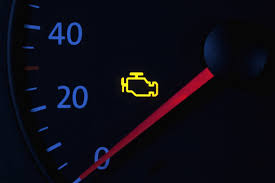
How To Reset Check Engine Light
Follow these steps to reset the check engine light:
- Locate the OBD-II diagnostic connector in your vehicle. The connector is often located close to the steering wheels under the driver-side dashboard.
- Firmly connect the OBD 2 dongle with the connector.
- Turn the ignition key to its ON position but make sure you don’t start the engine. The led light on the dongle should begin to blink.
- Launch the diagnostic software you can choose between the Bluetooth, WiFi, or USB connection option.
- Navigate to the Trouble codes tab.
- Navigate to diagnostic trouble codes and Freezer frame to get more detailed information.
- Depending on your device. Click on clear the diagnostic trouble codes button in the trouble codes view or click the reset trouble codes and MIL button.
- The reset command will be sent to your vehicle and the light will be cleared.
Why Is My Check Engine Light On But My Car Is Running Fine?
Sometimes error codes do appear due to a random failure and you have nothing to fix. But this happens rarely, if your check engine light on but car runs fine there must it must have been triggered by a defective or faulty sensor detected by the electronic control unit (ECU).
Why Is My Engine Light On But Nothing Seems Wrong?
If your check engine light on but car runs fine, nothing may seem wrong with your vehicle at the moment, and if you fail to take it to a nearby mechanic workshop for proper diagnosis. This issue may escalate into a more complex issue.
What Is The Most Common Cause Of Check Engine Light?
A faulty oxygen sensor is one of the most common reasons why a check engine light comes on your car dashboard. There are several others and they include a faulty throttle position sensor, faulty mass airflow sensors, faulty temperature sensors, faulty crankshaft position sensor, faulty speed sensor, faulty knock sensor, and a faulty refrigerant sensor. When check engine light but car is running fine make sure you replace any of these faulty sensors.
